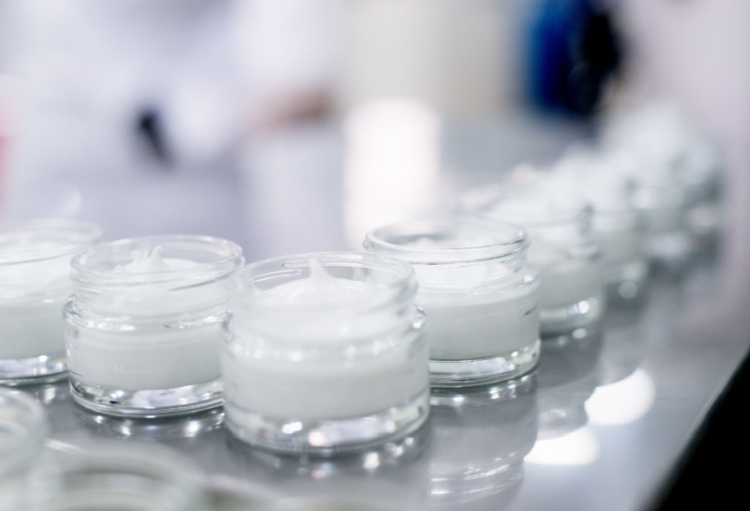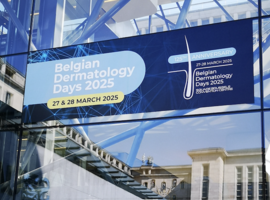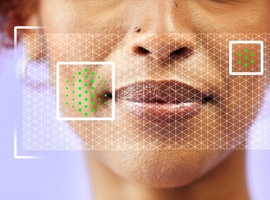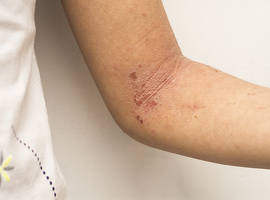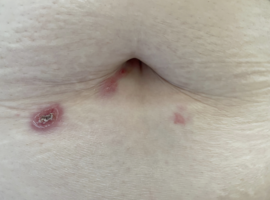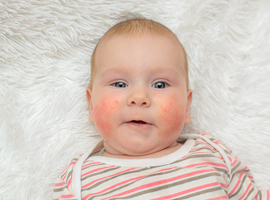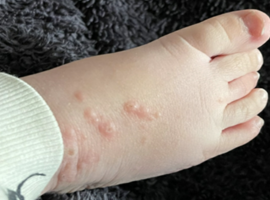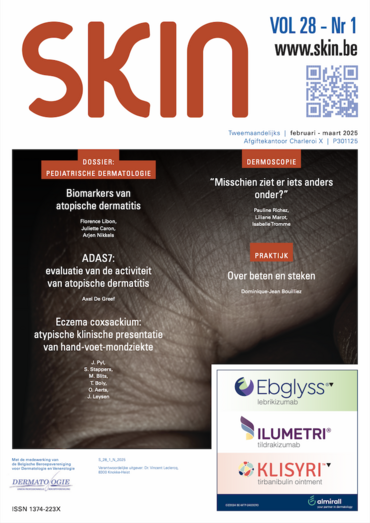1. Salvador A, Alberto Chisvert A. Cosmetics and Toiletries, Editor(s): Paul Worsfold, Colin Poole, Alan Townshend, Manuel Miró, Encyclopedia of Analytical Science (Third Edition), Academic Press, 2019:193-201.
2. Tsoucaris G, Martinetto P, Walter P et al. Chimie et maquillage dans l’Antiquité. Ann Pharm Fr. 2001;59(6):415-22.
3. Cotte M, Dumas P, Richard G et al. New insight on ancient cosmetic preparation by synchrotron-based infrared microscopy. Anal Chim Acta 2005;553(1-2):105-10.
4. WHO. Constitution. https://www.who.int/fr/about/governance/constitution (dernière consultation le 24 janvier 2023)
5. Witkowski JA, Lawrence Charles Parish LC. You’ve come a long way baby: a history of cosmetic lead toxicity. Clin Dermatol 2001;19(4):367-70.
6. Zhao M, Li Y, Wang Z. Mercury and Mercury-Containing Preparations: History of Use, Clinical Applications, Pharmacology, Toxicology, and Pharmacokinetics in Traditional Chinese Medicine. Front Pharmacol. 2022;13:807807. doi:10.3389/fphar.2022.807807
7. Couteau C, Coiffard L. Beauté, mon beau souci - Une histoire de la beauté et des cosmétiques. Edilivre 2015:286.
8. Yuka - L’application mobile qui scanne votre alimentation: https://yuka.io/en/
9. Maïon N. Yuka, bientôt 5 ans et déjà 25 millions d’utilisateurs. Publié en ligne le 10 décembre 2021. https://www.homap.fr/article/1243/yuka-bientot-5-ans-et-deja-25-millions-dutilisateurs (dernière consultation le 24 janvier 2023)
10. INCI Beauty - Analysez la composition de vos cosmétiques: https://incibeauty.com/
11. UFC-Que Choisir. Appli QuelProduit - Une application gratuite pour choisir ses produits alimentaires, cosmétiques et ménagers - Application mobile. Publié le 24 novembre 2022. https://www.quechoisir.org/application-mobile-quelproduit-n84731/ (dernière consultation le 24 janvier 2023)
12. Fédération des entreprises de la Beauté (FEBEA). La FEBEA lance CLAIRE, une application innovante pour décrypter les ingrédients des produits cosmétiques. https://www.febea.fr/fr/vos-produits-cosmetiques/actualites/la-febea-lance-claire-application-innovante-decrypter (dernière consultation le 24 janvier 2023)
13. Bunny Free App: https://play.google.com/store/apps/details?id=com.margaretlillian.bunnyfree&hl=en_US&gl=US - https://apps.apple.com/us/app/bunny-free/id853346357
14. International Campaign Against Plastic in Cosmetics - Beat the Microbead: https://www.beatthemicrobead.org/
15. Think Dirty®: https://thinkdirtyapp.com/
16. Healthy Living: https://apps.apple.com/th/app/healthy-living/id1120542025
17. https://appadvice.com/
18. Cosmethics: https://cosmethics.com/
19. Bernauer U, Bodin L, Chaudhry Q, et al. The SCCS Notes of Guidance for the testing of cosmetic ingredients and their safety evaluation, 11th revision, 30-31 March 2021, SCCS/1628/21, Regulatory Toxicology and Pharmacology, 2021;127:105052.
20. SCCS (Scientific Committee on Consumer Safety), Opinion on 2,2’-methylene-bis-(6(2H-benzotriazol-2-yl)-4-(1,1,3,3-tetramethylbutyl)phenol), 18 March 2013, revision of 23 July 2013. https://ec.europa.eu/health/scientific_committees/consumer_safety/docs/sccs_o_129.pdf (dernière consultation le 24 janvier 2023)
21. Berardesca E, Zuberbier T, Sanchez Viera M, Marinovich M. Review of the safety of octocrylene used as an ultraviolet filter in cosmetics. J Eur Acad Dermatol Venereol. 2019;33 Suppl 7:25-33.
22. Lanigan RS, Yamarik TA. Final report on the safety assessment of EDTA, calcium disodium EDTA, diammonium EDTA, dipotassium EDTA, disodium EDTA, TEA-EDTA, tetrasodium EDTA, tripotassium EDTA, trisodium EDTA, HEDTA, and trisodium HEDTA. Int J Toxicol. 2002;21 Suppl 2:95-142.
23. PEG-100 STEARATE UNII YD01N1999R. https://fda.report/UNII/YD01N1999R (dernière consultation le 24 janvier 2023)
24. Api AM, Belsito D, Botelho D, et al. RIFM fragrance ingredient safety assessment, 2-phenoxyethanol, CAS Registry Number 122-99-6. Food Chem Toxicol. 2019;130 Suppl 1:110629.
25. Nouaigui H, Antoine JL, Masmoudi ML, Van Neste DJ, Lachapelle JM. Etudes invasive et non invasive du pouvoir protecteur d’une crème siliconée et de son excipient vis-à-vis de l’irritation cutanée induite par le laurylsulfate de sodium. Ann Dermatol Venereol. 1989;116(5):389-98.
26. Couteau C, Dupont C, Paparis E, Coiffard LJM. Demonstration of the dangerous nature of ‘homemade’ sunscreen recipes. J Cosmet Dermatol. 2021;20(6):1788-94.
27. Couteau C, Domejean S, Lecoq M, et al. A study of 84 homemade toothpaste recipes and the problems arising from the type of product. Br Dent J. 2021. doi:10.1038/s41415-021-2736-2
